Related Research Articles
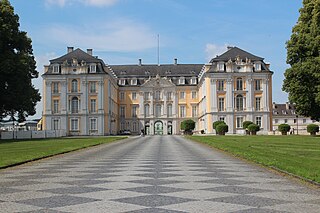
The Augustusburg and Falkenlust Palaces form a historical building complex in Brühl, North Rhine-Westphalia, Germany. The buildings are connected by the spacious gardens and trees of the Schlosspark. Built in the early 18th century, the palaces and adjoining gardens are considered masterpieces of early rococo architecture and have been listed as a UNESCO cultural World Heritage Site since 1984. Augustusburg Palace and its parks also serve as a venue for the Brühl Palace Concerts.
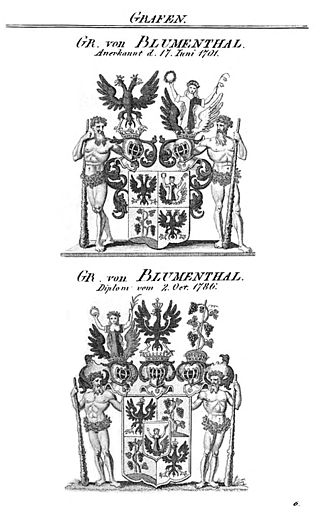
The Blumenthal family is a Lutheran and Roman Catholic German noble family, originally from Brandenburg-Prussia. Other (unrelated) families of this name exist in Switzerland and formerly in Russia, and many unrelated families called Blumenthal, without "von", are to be found worldwide.
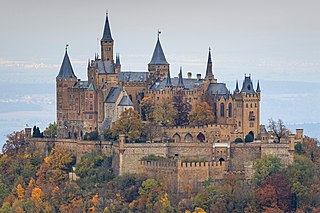
Hohenzollern Castle is the ancestral seat of the imperial House of Hohenzollern. The third of three hilltop castles built on the site, it is located atop Mount Hohenzollern, above and south of Hechingen, on the edge of the Swabian Jura of central Baden-Württemberg, Germany. The name derives from Söller (terrace) from Latin solarium.

Schloss, formerly written Schloß, is the German term for a building similar to a château, palace, or manor house.

Schloss Oldenburg is a schloss, or palace, in the city of Oldenburg in the present-day state of Lower Saxony, Germany. The first castle on the site was built around 1100 and became the ancestral home of the House of Oldenburg. The present building served as residence to the counts (1667–1785), dukes (1785–1815) and grand dukes (1815–1918) of Oldenburg.
The following is a timeline of the history of the city of Bremen, Germany.
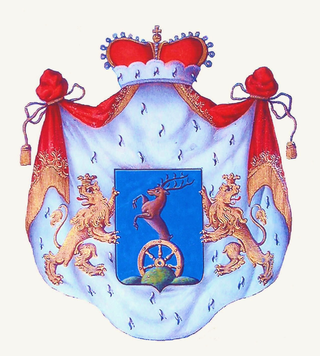
The House of Pálffy, also known as Pálffy von Erdöd, Pálffy de Erdöd, or Pálffy of Erdöd, is the name of an old Hungarian noble family, later incorporated into Austrian nobility. Members of the family held significant positions in the Habsburg monarchy.
Goseck, a monastery built on the foundations of a castle, as well as the vineyard of Dechantenberg is located in the municipality of Goseck of Saxony-Anhalt in Germany. It has been proposed by Germany for inscription in the List of World Heritage. The World Heritage nomination Naumburg Cathedral and the High Medieval Cultural Landscape of the Rivers Saale and Unstrut is a representative of the processes that shaped the continent during the High Middle Ages between 1000 and 1300: Christianization, the so-called "Landesausbau" and the dynamics of cultural exchange and transfer characteristic for this very period.
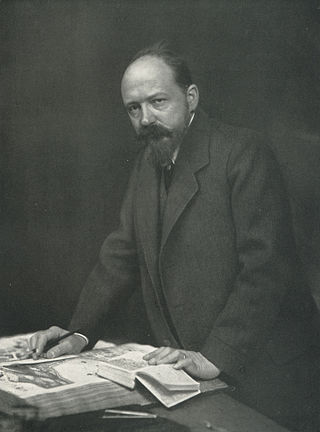
Bodo Heinrich Justus Ebhardt was a German architect, architectural historian, castle explorer, and founder and longtime president of the German Castles Association.
Burg Blomendal is a medieval moated castle in the Bremen district of Blumenthal (Bremen) and the oldest secular building in Bremen. The name Blomendal is the Low German spelling of Blumenthal. The castle complex is located at the confluence of Blumenthaler Aue and Beckedorfer Beeke.